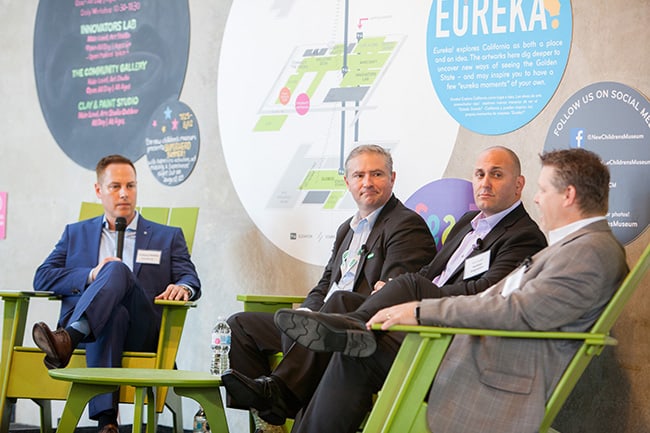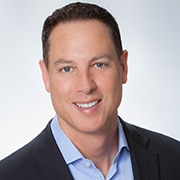New technologies and changes in the healthcare ecosystem are driving transformation across all aspects of the landscape at an unprecedented rate. Given both the scope and velocity of these changes, IVD manufacturers are challenged with how to develop products that keep pace and meet the needs of end users.
At our annual AACC breakfast event, I had the honor of chairing a panel discussion featuring Max Williams (Bio-Rad), Michael Quick (Hologic) and Kfir Oved (MeMed Diagnostics) as they explored the topic of designing diagnostics for the end user.

During the discussion (which is available to watch here), the panelists shared their views on trends and strategic directions being undertaken by IVD manufacturers, along with insights and experiences gleaned from involving end users in driving true product differentiation into diagnostics of the future.
Below are some of the key insights that were shared by the panelists during the discussion.
